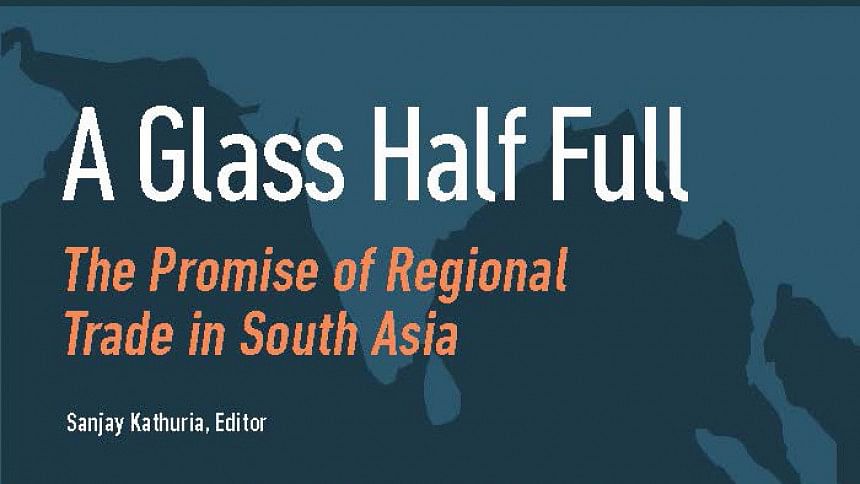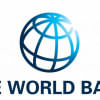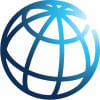Indo-Bangla border haats exemplary: WB

The border haats set up by Bangladesh and India have been cited by the World Bank as a commendable example of South Asian regional cooperation.
Surveys conducted by a World Bank team for its study on the potential of South Asian trade and connectivity has developed livelihoods in both sides, reports our New Delhi correspondent.
It says the border haats “confirm significant increase in incomes of vendors in both Bangladesh and India and growth in livelihoods opportunities for women and marginalised workers”.
“For example, Indian labourers at the (border) haats earn one-third or more of their average monthly income from just four days of working at haats,” said the World Bank report titled “A Glass Half Full: The Promise of Regional Trade in South Asia.” The report was made public on Tuesday.
It said “focus group discussions with stakeholders and interviews with Border Security Force personnel, conducted specifically for this study, reveal that the haats have also led to a reduction in informal and illegal trading, and generated a peace dividend.”
The border haat initiative by the governments of Bangladesh and India “aimed at recapturing the once-thriving economic and cultural relationships is now changing cross-border relations and reducing incentives for smuggling,” the World Bank report concluded.
The border haats underscore the importance of people-to-people interactions through initiatives, the Bank said.
On the connectivity front, the Bank points out that progressive liberalization of India-Sri Lanka air services has reduced air fares and increased passenger traffic and air cargo volume.
“Today, Indians and Sri Lankans enjoy direct connections from Colombo to 14 Indian cities, with a total of about 147 flights per week. Since 2005, India has been the largest source of foreign tourists in Sri Lanka,” the World Bank report said.
India, the report pointed out, can play a critical role in regional cooperation for mutual economic and welfare gains.
Despite significant liberalization in tariff regimes by South Asian countries since 1980s, average tariffs are still high. In 2016, the Bank said adding average tariffs in the region were 13.6 percent, more than double the world average (6.3 percent) and the highest among major regions of the world despite a regional free trade agreement (SAFTA) that came into force in 2006, according to the report.
While intra-regional trade accounts for 50 percent of total trade in East Asia and the Pacific region and 22 percent in Sub-Saharan Africa, it forms only 5 percent of South Asia’s total trade, the World Bank said..
The World Bank estimated that India’s potential trade in goods with South Asia at $62 billion against its actual trade of $19 billion, which is a mere 3 percent of its global trade and about $43 billion below its potential.
“All countries in the region stand to gain from increasing trade cooperation,” the report said
For India, deeper regional trade and connectivity can reduce the isolation of Northeast India, give Indian firms better access to markets in South Asia and East Asia and allow it to substitute fossil fuels by cleaner hydropower from Nepal and Bhutan.
Indian consumers will also gain from availability of greater variety of consumer goods at cheaper prices.
The World Bank report said trade between India and Pakistan today is a mere $2 billion which, without trade barriers, could be $37 billion.

 For all latest news, follow The Daily Star's Google News channel.
For all latest news, follow The Daily Star's Google News channel. 







Comments